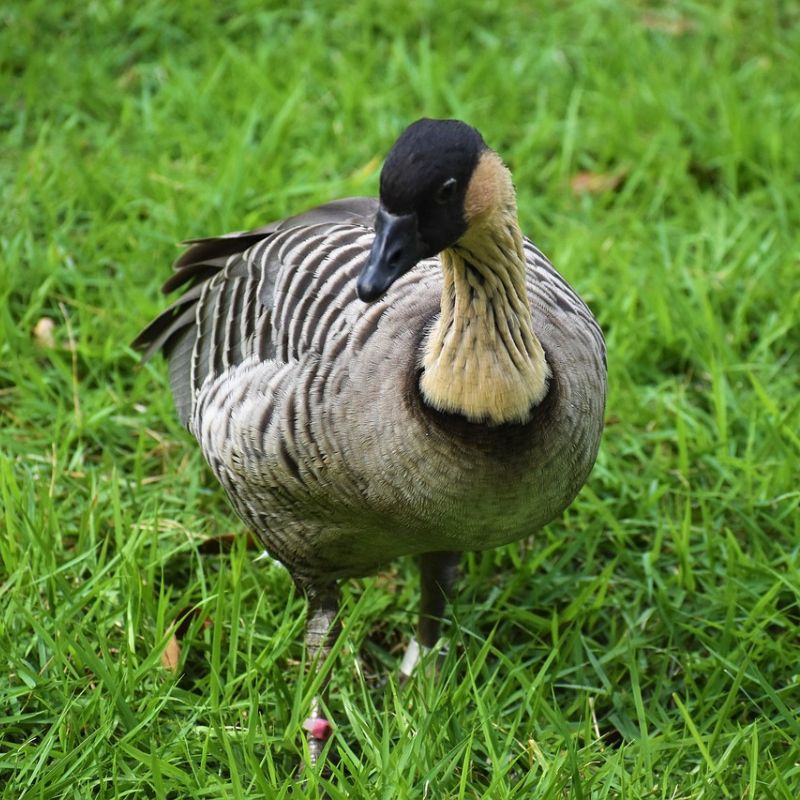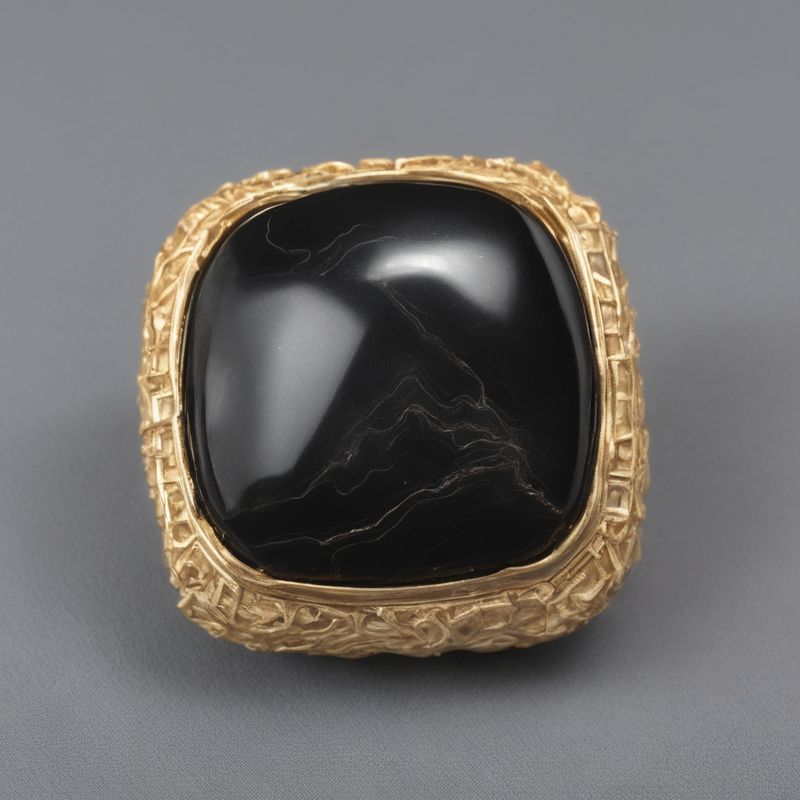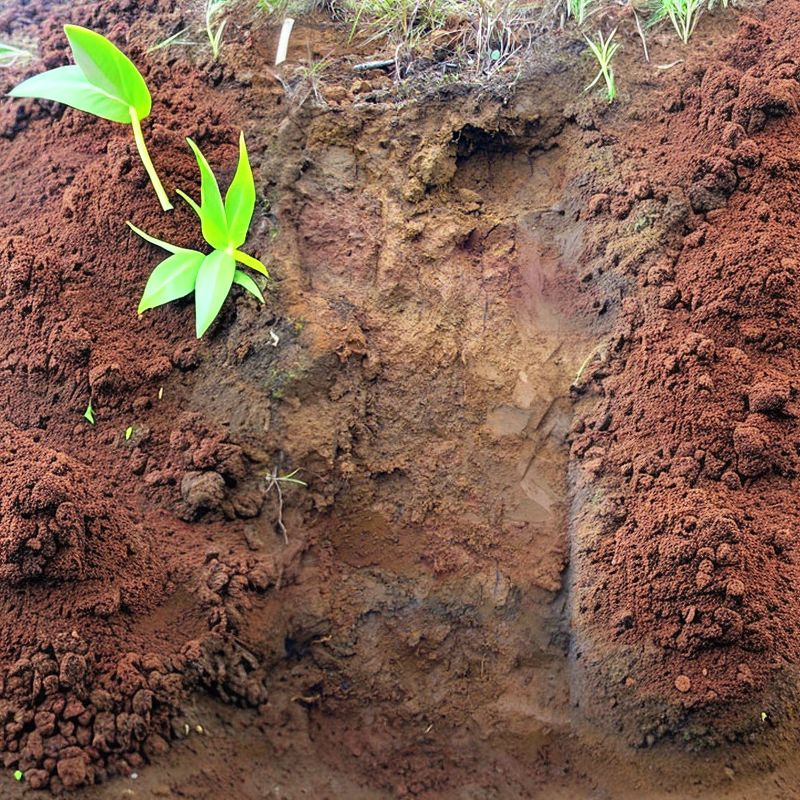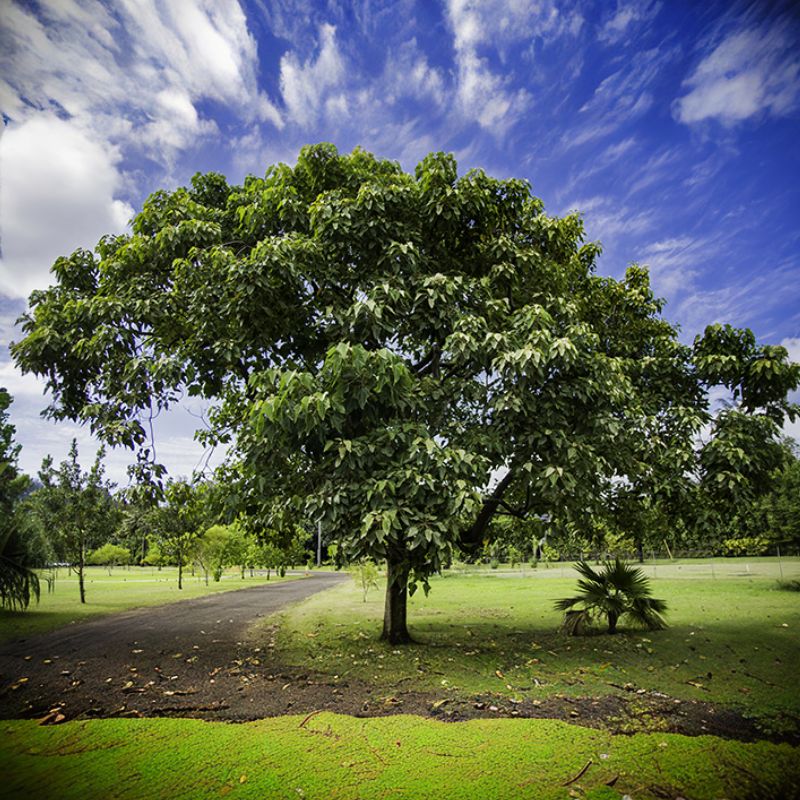Explore the Fascinating History of Hawaii
Take our Hawaii Trivia Quizzes for a Chance to Win a 6-Month Subscription to History By Mail!

The History of Hawaii
Journey Through Hawaii Trivia
Welcome to our Hawaii History and Trivia Page, proudly presented by History By Mail. Join us as we embark on a journey through the captivating past and cultural tapestry of the Aloha State. From indigenous traditions to the arrival of European explorers and the modern era, we'll explore Hawaii's hidden gems and challenge your knowledge with entertaining quizzes, including Hawaiian trivia questions and Hawaii trivia questions and answers printable.
Hawaii, known for its enchanting landscapes and rich history, is a land of remarkable culture and diverse heritage. From the indigenous peoples who have inhabited these islands for centuries to the explorers who were drawn to their beauty, Hawaii holds a captivating legacy. From the bustling city of Honolulu to the serene shores of Maui, Hawaii showcases a blend of traditions, natural wonders, and a deep connection to its unique geography.
Join us as we unravel the intriguing history and trivia of Hawaii, delving into its contributions to American history, its vibrant cultural heritage, and the fascinating stories that make it a cherished part of our nation's tapestry. Test your knowledge with engaging Hawaiian trivia questions, and discover the Aloha State's captivating past.
Facts about Hawaii
State Abbreviation: HI
Capital: Honolulu
Name Origin: Hawaii may have been named for Hawai’i Loa, a legendary figure who is said to have first discovered the islands.
Nickname: Aloha State (1959)
Statehood: August 21, 1959 (50th State)
State Motto: Ua Mau Ke Ea O Ka Aina I Ka Pono (The life of the land is perpetuated in righteousness)
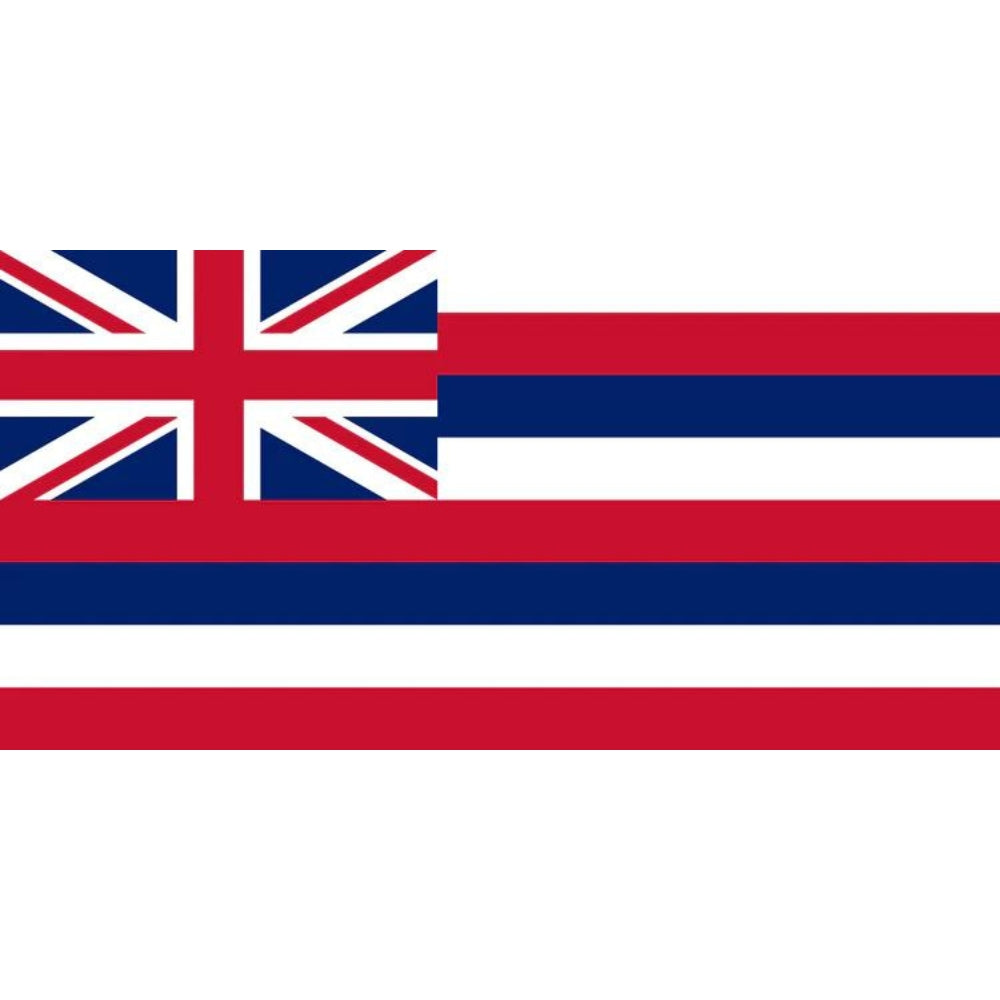
Hawaii's Flag
The state flag of Hawaii featured a Union Jack in the upper left corner, set upon a backdrop of red, white, and blue horizontal stripes. King Kamehameha I contributed to its design. By 1843, the flag settled on eight stripes, corresponding to each constituent island. Despite periods of foreign influence, the flag's appearance endured.
Hawaii's Great Seal
The foundational design of Hawaii's state seal has been in continuous use since 1894, but with an alteration in the legend from "Republic of Hawaii" to "State of Hawaii." The seal showcases the Hawaiian coat of arms upheld by Kamehameha I and the goddess of liberty, accompanied by a rising sun backdrop. Along the lower edge, the motto "Ua Mau ke Ea o ka Aina i ka Pono" ("The Life of the Land Is Perpetuated in Righteousness") is inscribed. Beneath the shield, an array of symbols includes a phoenix emerging from flames, taro leaves, banana foliage, and maidenhair ferns.
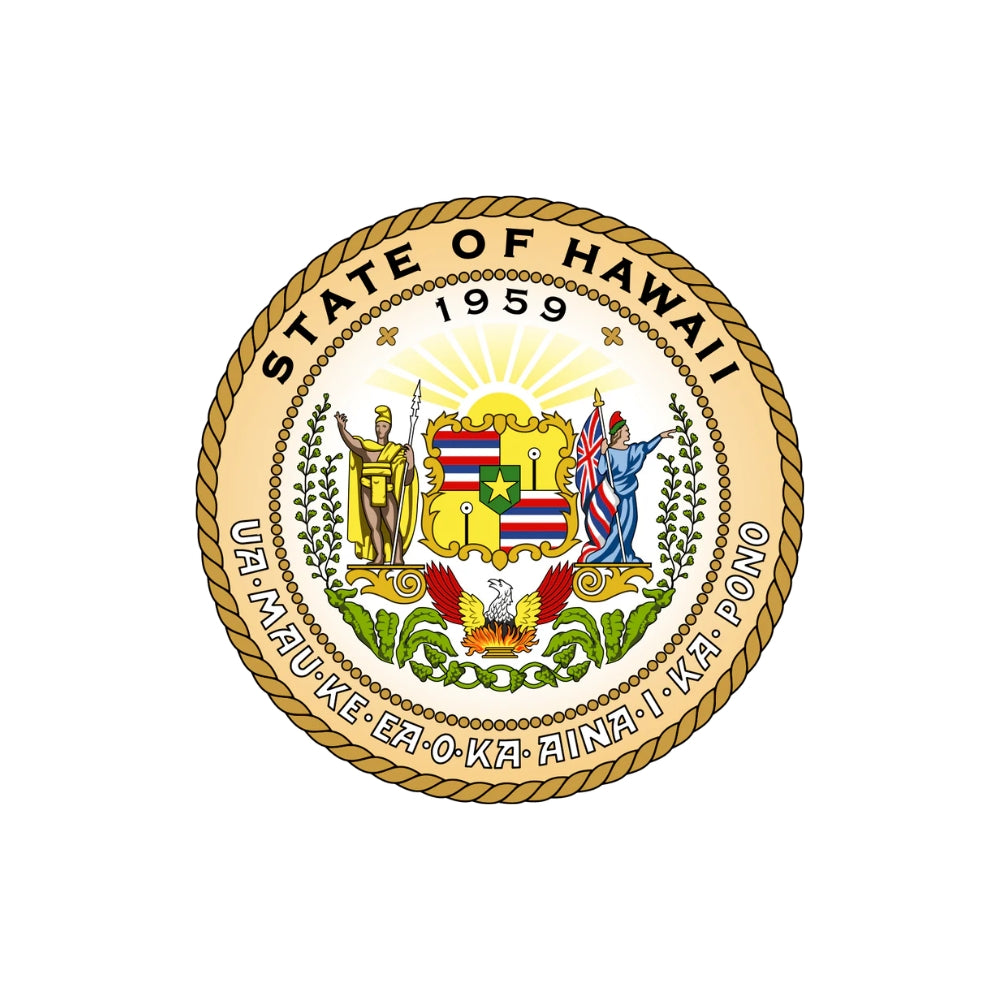
--- State Trivia #1 ---
History of Hawaii
Hawaii, an archipelago of islands, was initially settled by Polynesians who sailed from other Pacific islands between A.D. 300 and 600. The arrival of British captain James Cook in 1778 marked the islands' encounter with the Western world, and Cook named the group the Sandwich Islands.
Throughout most of the 19th century, Hawaii remained a native kingdom. However, the expansion of the sugar industry, followed by the introduction of pineapple after 1898, led to increased U.S. business and political involvement in the islands. In 1893, Queen Liliuokalani was deposed, and a year later, the Republic of Hawaii was established with Sanford B. Dole as president. Hawaii was ultimately annexed in 1898, becoming a U.S. territory in 1900 and achieving statehood in 1959.
The infamous Japanese attack on Pearl Harbor on December 7, 1941, directly prompted the United States' entry into World War II.
Stretching over 1,523 miles, the Hawaiian chain consists of eight main islands: Hawaii, Kahoolawe, Maui, Lanai, Molokai, Oahu, Kauai, and Niihau. In addition, the Northwestern Hawaiian Islands, excluding Midway, are administratively part of Hawaii. The islands enjoy mild temperatures throughout the year.
Hawaii's chief agricultural products include cane sugar, pineapple, flowers, and nursery products. The state also cultivates coffee beans, bananas, and macadamia nuts. However, the tourist industry serves as Hawaii's primary source of external income.
Among the major points of interest in Hawaii are Hawaii Volcanoes National Park on the island of Hawaii, Haleakala National Park on Maui, Puuhonua o Honaunau National Historical Park on the island of Hawaii, the Polynesian Cultural Center on Oahu, the USS Arizona and USS Missouri Memorial at Pearl Harbor, The National Memorial Cemetery of the Pacific on Oahu, and Iolani Palace (the only royal palace in the U.S.), Bishop Museum, and Waikiki Beach, all located in Honolulu.
In 2008, Hawaii-born Barack Obama made history by being elected as the president of the United States.
State Symbols
Fun Facts
- Hawaii is the only U.S. state with two official languages: English and Hawaiian.
- In 2008 Barack Obama, who was born in Honolulu, was elected the 44th president of the United States.
- Entertainer Bette Midler was also born in Honolulu.
- The hula is a traditional Hawaiians dance that tells a story through movement. Dancers often wear grass skirts and leis.
- The sport of surfing may have originated in what is now Hawaii. Today professional surfersride waves over 50 feet high.
--- State Trivia #2 ---

Things To Do in Hawaii
- Explore the Volcanoes National Park: Visit the awe-inspiring Hawaii Volcanoes National Park on the Big Island, where you can witness the incredible power of nature. Take a hike through the park's trails, marvel at active volcanoes like Kilauea and Mauna Loa, and explore unique geological formations like lava tubes and craters.
- Relax on Waikiki Beach: Located in Honolulu on the island of Oahu, Waikiki Beach is a world-famous destination known for its beautiful white sands and crystal-clear waters. Enjoy sunbathing, swimming, and surfing in the gentle waves. Nearby, you can also explore the vibrant city life of Honolulu, including shopping, dining, and experiencing the local culture.
- Snorkel or Dive in Molokini: Take a boat trip to the crescent-shaped Molokini Crater off the coast of Maui. This marine sanctuary offers incredible snorkeling and diving opportunities, allowing you to swim alongside colorful tropical fish, coral reefs, and maybe even spot sea turtles or dolphins. The clear waters and abundant marine life make it a must-visit spot for underwater enthusiasts.
- Visit Pearl Harbor and the USS Arizona Memorial: Pay tribute to the historic significance of Pearl Harbor on the island of Oahu. Explore the museums and exhibits that chronicle the events of December 7, 1941, when the harbor was attacked and the USS Arizona was sunk. Take a boat ride to the solemn USS Arizona Memorial, built directly above the sunken battleship, to honor the lives lost during the attack.
- Hike to the Napali Coast on Kauai: Embark on a challenging yet rewarding hike along the Napali Coast on the island of Kauai. The coastline's dramatic cliffs, lush valleys, and cascading waterfalls create a breathtaking backdrop. The Kalalau Trail offers a multi-day hiking experience, while shorter trails like the Hanakapiai Trail provide stunning views for day hikers. Immerse yourself in the untouched beauty of this remote and rugged coastal area.
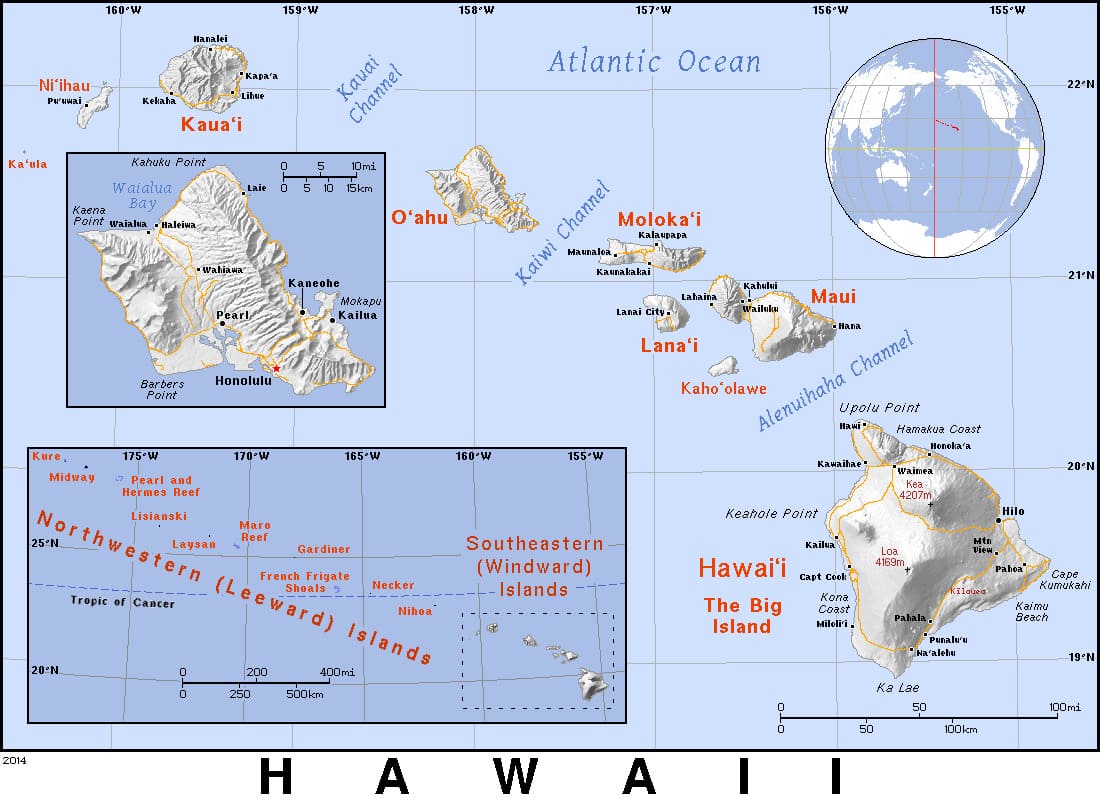
General Map of Hawaii
Hawaii, often referred to as the "Paradise of the Pacific," is a captivating state located in the central Pacific Ocean. Renowned for its stunning natural landscapes, vibrant culture, and warm hospitality, Hawaii offers a plethora of activities and attractions that cater to every traveler's interests.
Famous People From Hawaii
--- State Trivia #3 ---
FREQUENTLY ASKED QUESTIONS (FAQ) ABOUT HAWAII
European explorers, including Captain James Cook, arrived in Hawaii in the 18th century. Their arrival brought about significant changes, including the introduction of new diseases, trade, and increased contact with the outside world, which had both positive and negative consequences for Hawaiian society.
Pearl Harbor, located on the island of Oahu, is historically significant for being the site of the surprise attack by the Japanese on December 7, 1941. This attack prompted the United States to enter World War II. The USS Arizona Memorial stands as a tribute to the lives lost during the attack.
Hawaii officially became the 50th state of the United States on August 21, 1959. Prior to this, Hawaii had been a U.S. territory since 1898 following the annexation of the islands after the overthrow of the Hawaiian monarchy.
Hawaii is known as the "Aloha State" because of the widespread use of the word "aloha," which means both "hello" and "goodbye" in Hawaiian. The term encompasses the spirit of warmth, friendliness, and hospitality that characterizes Hawaiian culture.
Related Resources
- Official Website of the State of Hawaii: The official website provides information about the state government, services, tourism, and more. Visit: https://portal.ehawaii.gov/
- Hawaii Tourism Authority: Explore Hawaii's islands, attractions, activities, events, and plan your visit. Visit: https://www.gohawaii.com/
- Hawaii Department of Land and Natural Resources: Discover Hawaii's natural resources, state parks, trails, fishing regulations, and conservation efforts. Visit: https://dlnr.hawaii.gov/
- Hawaii State Archives: Access historical records, photographs, maps, and other archival resources documenting Hawaii's history. Visit: https://archives1.dags.hawaii.gov/
- Polynesian Cultural Center: Immerse yourself in the rich Polynesian cultures through exhibits, performances, and interactive experiences. Visit: https://www.polynesia.com/
- Bishop Museum: Explore Hawaii's natural and cultural heritage through exhibits, artifacts, and educational programs. Visit: https://www.bishopmuseum.org/
- Pearl Harbor National Memorial: Learn about the history of Pearl Harbor and pay tribute to the lives lost during the attack. Visit: https://www.nps.gov/valr/index.htm
- Hawaii Volcanoes National Park: Discover the incredible volcanic landscapes, hiking trails, and unique ecosystems in this national park. Visit: https://www.nps.gov/havo/index.htm
- Waikiki Aquarium: Experience Hawaii's marine life and learn about conservation efforts at this renowned aquarium. Visit: https://www.waikikiaquarium.org/

